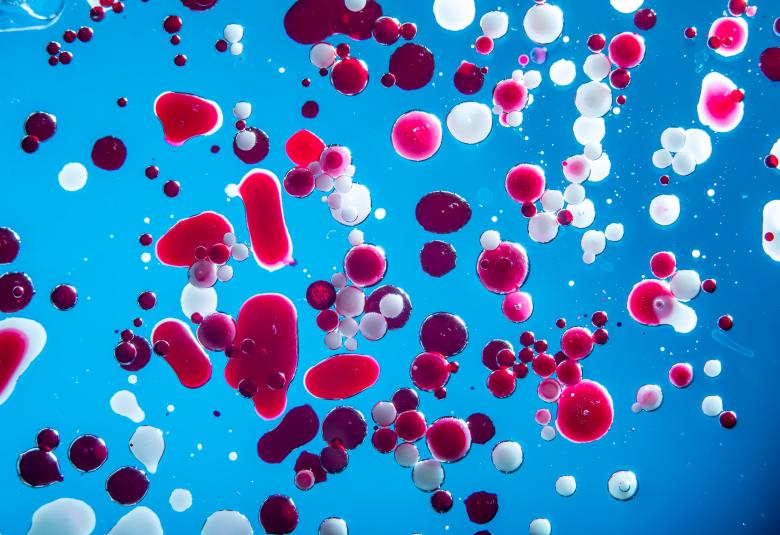As part of the Spotlight Bipolar team, the 11.30am keynote session, sponsored by Lundbeck, ‘Managing Bipolar I Patients beyond the Manic Episode’ was on course to be the most interesting session of the IRPB 2015 conference with its focus on bipolar I disorder and, in particular, mania with depressive symptoms.
“For every suicide there are 5 hospitalisations and 22 emergency department visits,” revealed the first speaker Professor Maurizio Pompili, Professor of Suicidology and Psychiatry at Sapienza University, Rome, Italy at the symposium’. In 2010 this translated into 844,000 visits and 192,000 hospital admissions.
Suicide stats
Perhaps surprisingly, to some in the audience, was the next fact presented: suicide is more prevalent in people with bipolar disorder than severe major depression or mixed drug abuse. Even more surprising to many is that mixed states represent the biggest risk.
With an interesting graph, Prof Pompili visually illustrated how patients with major mood disorders are more likely to commit suicide during an episode of mania with depressive symptoms. “In mixed states, when depression escalates into mania and when volatile and erratic moods are associated with dysphoria and agitation, clinicians should treat this condition carefully, monitoring suicide risk at all times.”
Subsequent data presented by Prof Pompili sat neatly with this view, demonstrating a higher prevalence of suicide in bipolar I than bipolar II disorder.1
Longer hospital stays
The next speaker Professor Allan Young, Chair of Mood Disorders and Director of the Centre for Affective Disorders, Department of Psychological Medicine, King’s College London, UK, continued to illustrate the severity of mixed states in bipolar disorder. He showed the audience a graph highlighting significantly longer hospital stays for patients with mixed episodes (42 days) compared to depressive (30 days) or manic episodes (29 days) on their own.
“Mania with depressive symptoms are associated with longer hospital stays, more frequent episodes of longer duration, longer time to achieve symptom remission and a higher frequency of suicidal thoughts,” said Prof Young.
In an overview of treatments used for bipolar disorder, Prof Young acknowledged that whilst antipsychotics may be prescribed as adjunct therapy with a mood stabiliser for the treatment of mixed states, appropriate evidence-based treatment options for managing mania with depressive symptoms are limited. “We are also at a stage where we need a greater understanding of pathophysiological processes to identify biological markers for bipolar disorder and provide more accurate diagnosis and new personalised treatment approaches.”
Comorbidity is the rule
The final speaker Professor Andrea Fagiolini, Department of Health, University of Siena School of Medicine, Siena, Italy, presented a helpful insight into using anxiety, irritability and agitation (AIA) symptoms for diagnosing mania with depressive symptoms.
Prof Fagiolini started his talk by stating what psychiatrists know to be true – that the more patients with bipolar disorder we see, the more we realise they’re not pure mania or pure depression. “Comorbidity is the rule,” said the Professor.
In a study presented by Prof Fagiolini, 72% of patients who experienced mania with depressive symptoms also had symptoms of anxiety, irritability and agitation (AIA). “The combination of anxiety and irritability/agitation could be used as a relevant discriminator for the presence of depressive symptoms in mania,” said the Professor.
AIA poster
Prof Fagiolini also talked about data presented in a poster at IRPB 2015, which identifies patients with manic episodes with concurrent depressive symptoms who present a suicidal risk that is increased when they experience moderately severe to very severe symptoms of anxiety, irritability and agitation (AIA). You can read more about this poster in our report here.
Continue the conversation on Twitter at #IRPB1
Our correspondent’s highlights from the symposium are meant as a fair representation of the scientific content presented. The views and opinions expressed on this page do not necessarily reflect those of Lundbeck.




